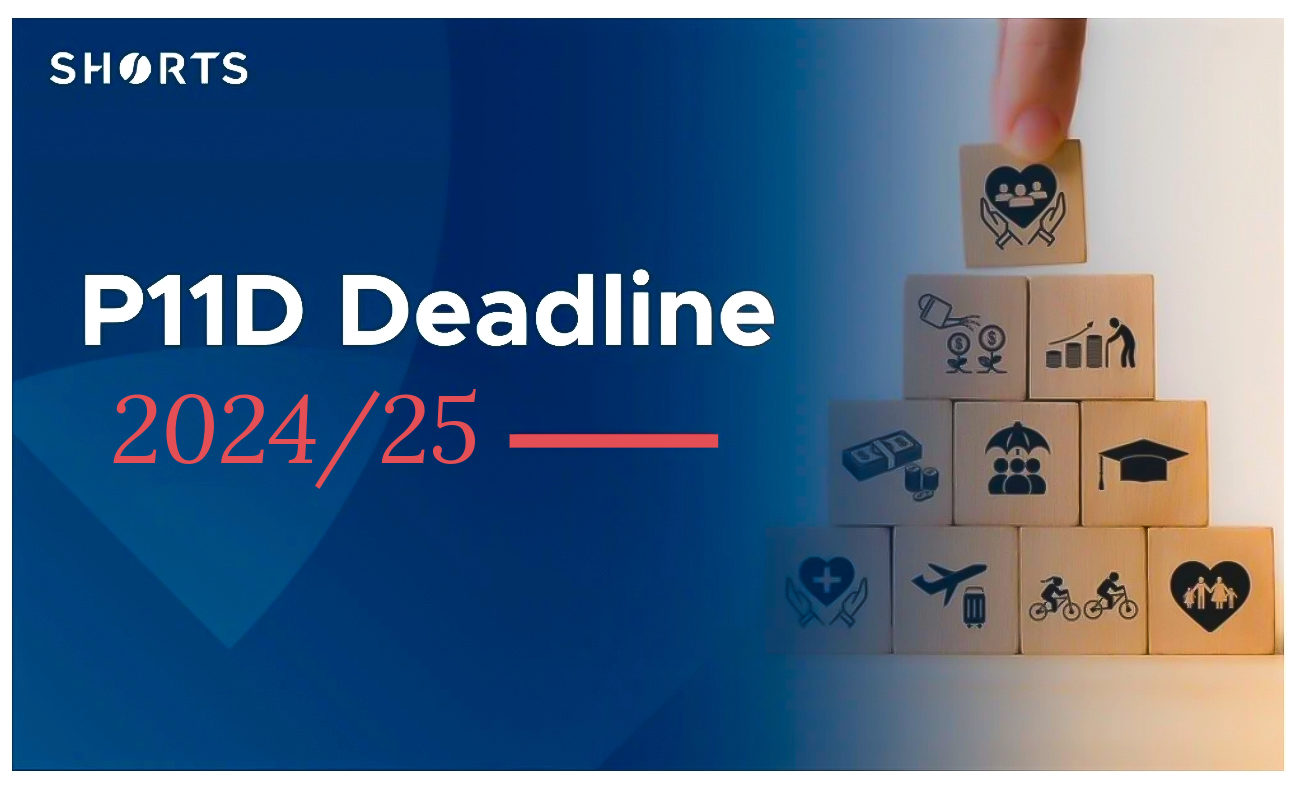
Employers in the UK are required to submit P11D forms to HMRC; these forms report details of benefits and expenses provided to employees and directors during the tax year.
Here's a rundown of what you need to know for the tax year ending 6 April 2025.
Gathering all the required information for the P11D form can be a time-consuming process. It involves collecting details about expenses and benefits provided to employees, such as company cars, health insurance, and other taxable perks.
It's crucial to start this process early to ensure that all the necessary information is accurately compiled and reported. Leaving it to the last minute can lead to errors and penalties, which can be easily avoided with proper planning.
When is the P11D form filing deadline?
The P11D and P11D(b) forms, which are used to report expenses and benefits provided to employees and directors, must be filed with HMRC by the 6th of July following the end of the tax year.
- For example, for the 2024/25 tax year, the forms must be submitted by 6th July 2025.
What about Class 1A NICs?
When providing benefits, employers usually pay Class 1A National Insurance Contributions at 13.8% of the benefits reported on form P11D. The P11D(b) form details how to calculate this.
Class 1A National Insurance Contributions (NIC) must be paid by 22nd July. Interest will be charged on any late payments, so it's crucial to ensure timely settlement of the NIC to avoid incurring additional costs.
What is the P11D form used for?
Employers in the UK use the P11D form to report taxable benefits and expenses given to their employees to HMRC, the UK's tax authority. These benefits, known as "benefits in kind," include things like company cars, private health insurance, and interest-free loans.
The P11D form helps ensure employees are taxed on the value of these benefits. It's important to note that employers don't fill out the P11D form for benefits that are already taxed through payroll.
- Used by employers: Employers are responsible for filling out the P11D form for each employee who received taxable benefits that weren't included in their payroll.
- Benefits reported: The form details the specific taxable benefits provided to the employee and their assigned monetary value.
- Tax implications: The P11D helps HMRC determine any additional tax the employee may owe.
Do you require assistance?
If you require any assistance with filling out the forms or need help with the calculation of the associated Class 1A National Insurance Contributions (NIC), please don't hesitate to reach out to our Tax Compliance team. They have a track record of providing exceptional support and expertise in these areas and would be glad to assist you.

Steven Strawther
I deal with all aspects of personal tax compliance and since joining Shorts I have gained valuable experience in private client advisory and planning opportunities. I have been instrumental in refining the personal tax compliance process and implementing digital solutions to provide clients with an efficient personal tax service.
View my articlesTags: Payroll, Business Taxes


